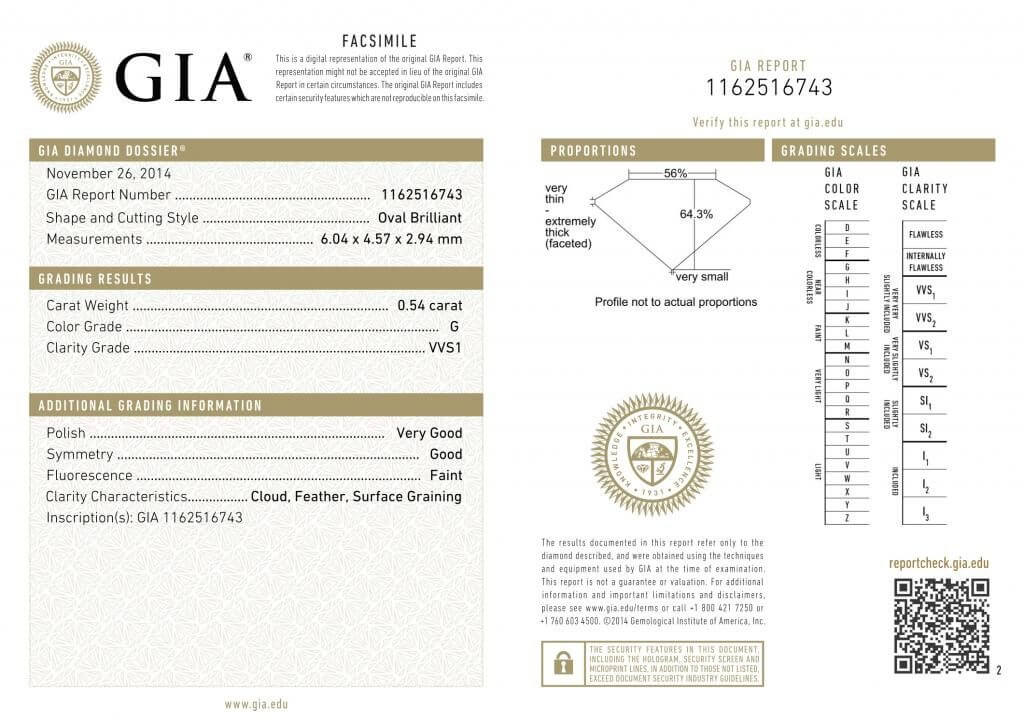Complimentary Gift wrapping on all orders. Afterpay Available Online
Home / Diamond Buying Guide Diamond Buying Guide
Diamond buying guide
Just like a love story, every diamond is unique. Understanding your diamond and its distinguishing characteristics is important as it allows you to select the most spectacular stone that maximises the value of your budget.
The Gemmological Institute of America created a globally accepted and easily understood standard for assessing the quality of a diamond. The 4C’s – colour, clarity, cut and carat weight—are the facets in which the quality of a diamond is graded upon.
WE ARE HERE TO HELP
At Max Wilson’s, we are meticulous about our selection of diamonds. Each individual stone is carefully chosen for its fire and sparkle, and analysed beneath microscopes by our expert Diamond Graders. Most of our diamonds are accompanied by a certified GIA report which provides a plotted diagram of clarity characteristics and a graphic representation of the diamonds proportions. Diamonds accompanied by GIA report feature a micro-laser inscription applied to the edge of the diamond.
...The laser inscription gives our customers a unique way of linking their GIA report to the diamond itself. Understanding the GIA 4Cs of diamond quality will not only help you learn how to buy a diamond, it will also help you understand a diamond’s value and price.
“We carefully check each diamond to make sure it meets Max Wilson’s high standards of cut, clarity, carat and colour.” —Sophie Richardson, GIA Diamond Grader, Max Wilson Jeweller.
COLOUR
COLOUR:
Colour refers to the natural tint inherent in white diamonds. In nature, most white diamonds have a slight tint of yellow or brown. The closer to being ‘colourless’ a diamond is, the rarer it is. The industry standard for grading colour is to evaluate each stone against a master set and assign a letter grade from “D” (colourless) to “Z” (light yellow).
In most diamonds, the term refers to the absence of colour. The less colour in the stone, the more desirable and valuable it is. Some of these difference are not visible to the naked eye, yet still directly impact the overall quality and price of the stone.
Why does the colour scale start at D?
Before GIA developed the D-Z Colour Grading Scale, a variety of other systems were loosely applied. The result of these grading systems was inconsistency and inaccuracy. Because the creators of GIA Colour Scale wanted to start fresh, without any associations with earlier systems, they chose to start with the letter D.
How are coloured diamonds graded?
Since coloured diamonds are so rare, the value is based predominantly on the intensity of the colour itself. The GIA ‘Coloured Diamond Identification and Origin’ report grades colour in three different categories; hue, tone and saturation. The hue is graded on a scale, whilst tone and saturation are described with terms such as “fancy light” or “fancy intense”. Unlike colourless diamonds, which are graded on their lack of colour, the value of natural fancy-coloured diamonds increases as the colours becomes more intense.
Clarity
Clarity grade measures the amount, size and placement of internal ‘inclusions’ and external ‘blemishes’. Grades run from ‘flawless’ with virtually no imperfection, to ‘Included’ which contain a significant amount of imperfections.
CUT:
Diamond cut does not only refer to a diamonds visual shape, but also to the proportion and arrangement of it’s facets and the quality of workmanship. The cut of these facets directly impact the refraction of light and how much the diamonds sparkle.
The characteristics of a well-cut diamond are superior brilliance, fire and scintillation. Grades range from ‘Excellent’ to ‘Poor’. Brilliance relates to the reflection of white light. Fire is the dispersion of light into the colours of the rainbow and scintillation is the play of contrast between dark and light areas…it’s the sparkle! Even a high-carat diamond with excellent colour and clarity can appear lifeless and dull if the cut is poor.
“Max Wilson’s is synonymous with excellence in craftmanship, and this is something we have maintained for over 60 years”
Susie Barr, Owner/Manager, FGA Gemmologist, Max Wilson Jewellers.
CARAT:
Carat refers to the diamonds weight.
...Carat weight can appear differently across different diamond shapes such as round brilliant, princess, pear oval, cushion, marquise, or emerald cut. Just as a dollar is divided into 100 cents, a carat is divided into 100 points. For round brilliant cut diamonds, there is often a direct correlation between diameter size and carat weight.
CONTACT US
For those Custom Rings that will make you stand out from the crowd, and your loved one’s finger stand out from the rest of their hand, do not hesitate to get in touch with Max Wilson Diamond Jewellers! Give us a call on (06) 357 8696 so we can help you decide on the perfect custom ring, engagement or otherwise, to represent your love and create lasting memories of the day that you give it to them.




